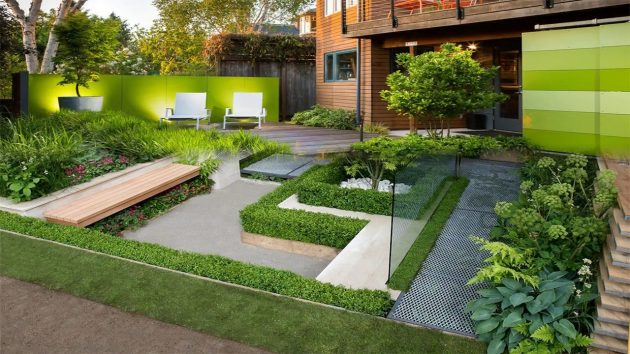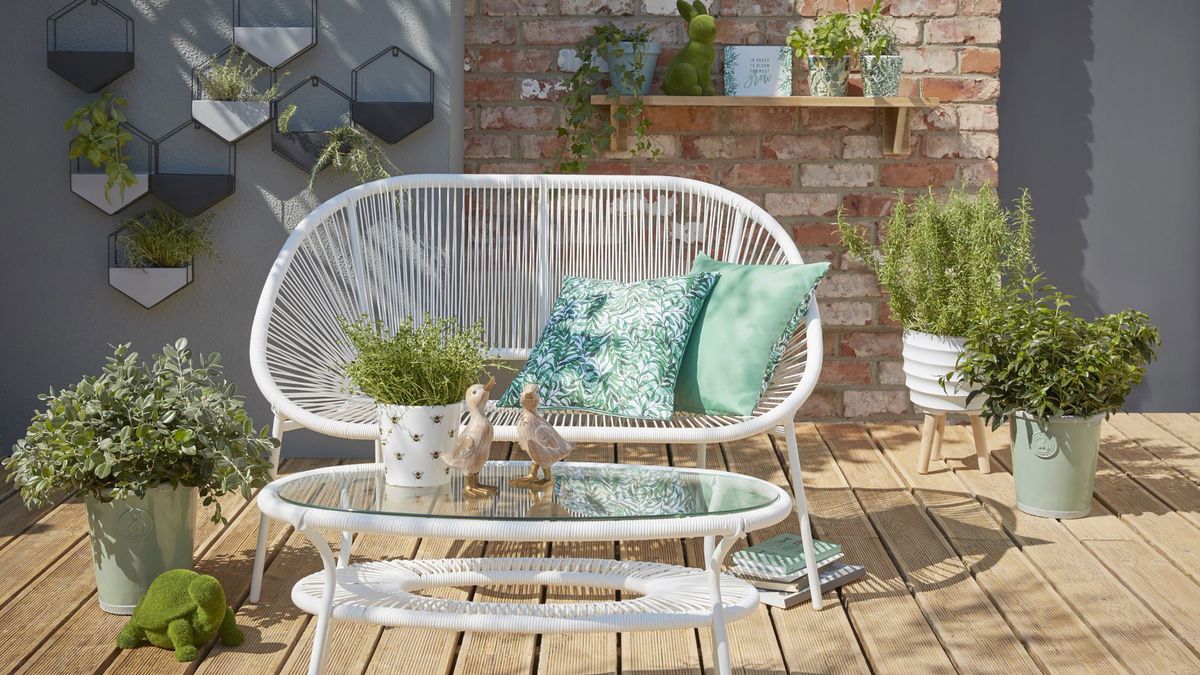Garden Layouts that Work: Maximizing Space and Beauty in Your Outdoor Spac

11 August 2023
Garden layouts that effectively utilize space while enhancing the beauty of your outdoor environment are a testament to thoughtful planning and design. Whether you have a small urban balcony or a sprawling backyard, maximizing the functionality and aesthetics of your outdoor space is essential for creating a harmonious living area.
Understanding Space Constraints:
In limited spaces, creativity is the key to making the most out of what you have. Vertical gardening, hanging planters, and tiered containers can transform walls and railings into lush greenery. Utilize every inch of ground space by choosing compact and dwarf varieties of plants. Raised beds can provide a solution for poor soil quality and drainage issues, enabling you to grow a variety of plants in a confined area.
Furniture and Focal Points:
Carefully select furniture that fits the scale of your space. Foldable or stackable furniture is excellent for small areas, allowing flexibility when entertaining guests. Create focal points using eye-catching elements like a unique sculpture, a water feature, or a colorful flowering tree. Focal points draw the eye, making the space feel larger and more inviting.
Seasonal Interest:
Plan your garden layout with seasonal interest in mind. Choose a variety of plants that bloom or change colors in different seasons. Spring bulbs, summer annuals, and fall foliage provide continuous visual appeal throughout the year. Incorporate evergreen plants for structure and interest during the winter months. Additionally, consider ornamental grasses that add movement and texture to the garden, even in winter.
Multifunctional Spaces:
In larger gardens, create multifunctional spaces that cater to various needs. Designate areas for dining, relaxation, gardening, and play. Use pathways and borders to define these spaces while maintaining a cohesive design. Integrate outdoor structures like pergolas or gazebos that can serve as sheltered seating areas or outdoor kitchens, extending the functionality of your garden beyond the warm seasons.
Low-Maintenance Landscaping:
For those who prefer a low-maintenance garden, choose plants and materials that require minimal care. Drought-tolerant plants, native species, and perennial flowers are excellent choices. Mulch the beds to suppress weeds and retain moisture, reducing the need for frequent watering and weeding. Install automated irrigation systems to ensure plants receive consistent water without daily manual effort.
Conclusion:
Designing a garden layout, regardless of its size, is an art form that combines creativity, practicality, and environmental consciousness. Whether you have a small balcony or a vast backyard, thoughtful planning, and attention to detail can transform any outdoor space into a beautiful and functional oasis. By understanding your space, selecting appropriate plants, incorporating sustainable practices, and maximizing every inch, you can create a garden layout that not only maximizes space but also enhances the beauty and tranquility of your outdoor living area.
